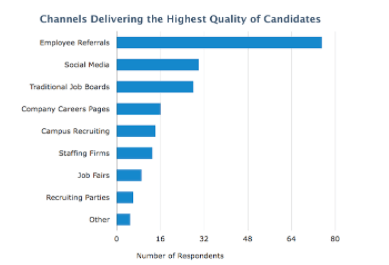There are as many types of start ups as there are investors to invest in them but most have a few things in common. Knowing what these are, in advance, will help you to stay one step ahead of your investors, your market and your competition.
VC’s are an impatient bunch
Venture Capitalists, commonly referred to as VC’s, are those that invest dollars in multiple start up business enterprises with the hopes of hitting it big in 1 out of 10, in my experience, although different VC’s may tell you otherwise. Various VC’s play in different niches established by the stage of the business. For instance, idea generation, proto-type product, mature product, revenue, growth and profitability. However, they share at least one thing in common which is impatience. Impatience to get a product to market, to show profitability, to attract later stage investors at higher valuations and to make a very profitable exit.
Fail fast is a fact worth remembering. You are less likely to burn investor bridges with $1M in when you determine that your idea or product has little chance of success than after you have $10-20M in.
Don’t underestimate the marketing spin
No matter how good your product is, whether it be software, SaaS, or shoes, it needs to be marketed effectively. What will you brand around and how will you differentiate in the marketplace should be the first questions you ask yourself and your team. Keep your head in the sky and think about the ways you want people to “feel” when they hear about your product. Stay away from long lists of functionality. People buy, for the most part, on emotional reactions.
Shelter your employees
Start ups are volatile and not everyone needs to know every brutal truth. There will be times when you are putting payroll on the execs credit cards, but you don’t necessarily need to share that with everyone in the company. Trust me, I have been one of those execs floating 1,000’s of dollars for a couple of weeks before funding closed. Some who join your start up will be true entrepreneurial types and for those the uncertainty will not matter. Others, however, will be employees looking for stability, with families to support. You don’t want to shrink your candidate pool any further than is necessary. Portray a positive, stable and growth oriented environment.
Act bigger than you are
Allocate a few dollars into presenting a professional image. Maybe that is the receptionist in the lobby who doubles as the AP specialist. Maybe that’s a phone system where you can look like you have lines for a variety of different functions. To some extent, it follows the old adage of “Fake it till you make it.” If you have 20 employees and someone asks the response is still truthful if you say “we are still under 100” but send a very different signal to a potential customer.
Start ups are, by their very nature, challenging in many respects. Knowing a few of the most common pitfalls can help to guarantee yours is that 1 in 10 that everyone is looking for to hit it big!









